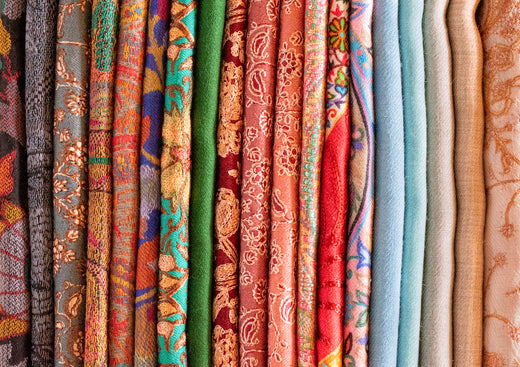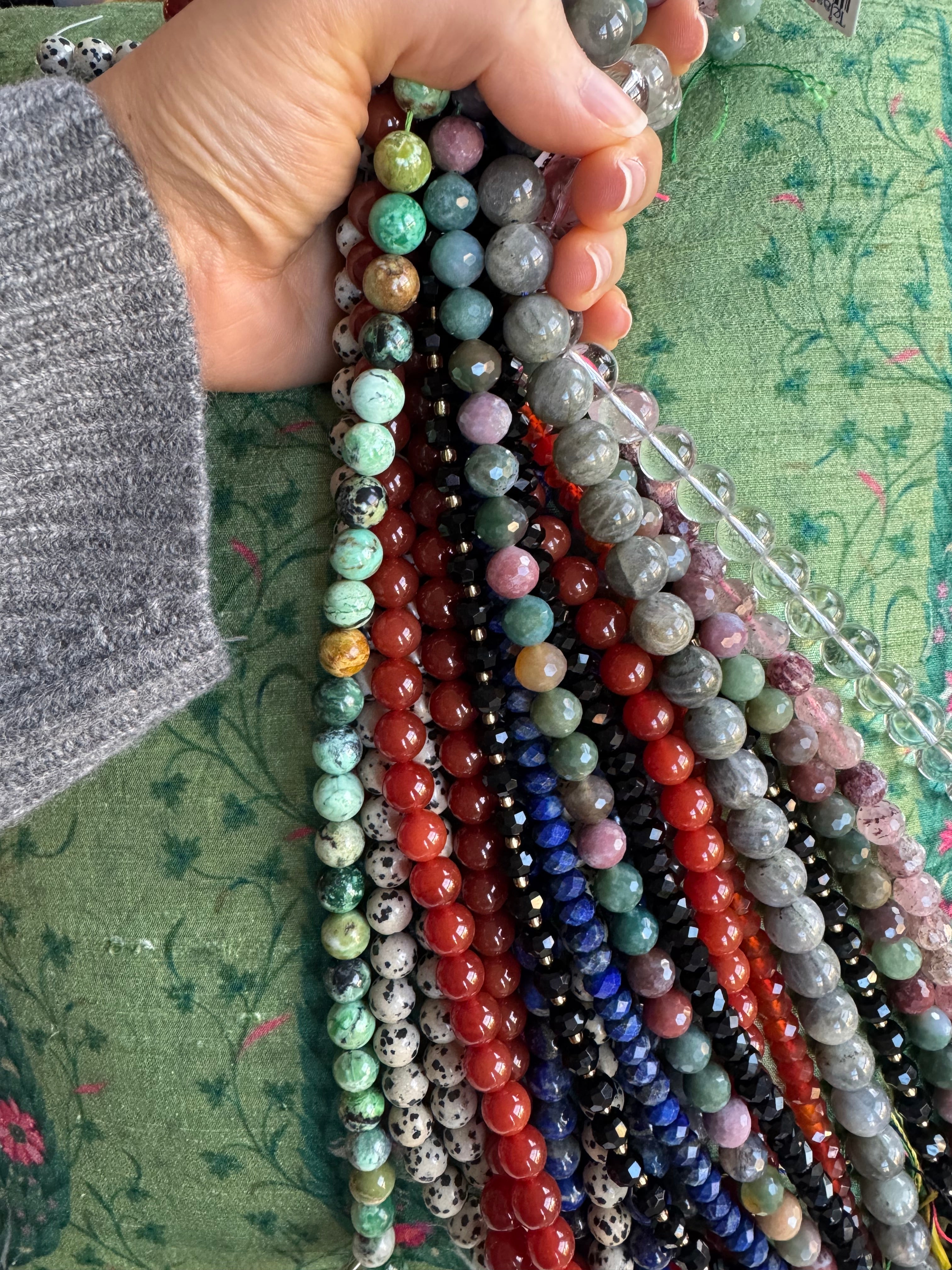
What is a Pashmina? The Artisan Legacy of Kashmir
Pashmina is one of the world's most luxurious and expensive textiles, often regarded as the "jewel of Kashmir." Derived from the Persian word *pashm*, meaning wool, Pashmina is a refined form of cashmere. It comes from the undercoat of the Changthangi goats, a rare breed native to the high-altitude regions of Ladakh in Northern India. The goats known for their long, twisted horns and predominantly white coats produce the finest quality Pashmina. These goats are naturally adapted to the harsh winter climates of their homeland, with a thick, soft undercoat that provides insulation against the extreme cold. The coarser outer layer protects the finer wool beneath, which is harvested for Pashmina textiles.
The history of Pashmina dates back to the Mughal period, where it gained popularity among royalty. Emperor Akbar, known for his lavish taste, is believed to have gifted Pashmina shawls to his wives, sparking a surge in demand. The wool itself was originally sourced from pastoralists in native regions, but it quickly became a coveted commodity across the world. Pashmina was then traded down to Kashmir where local artisans began crafting intricate handspun shawls that featured creative designs and exquisite embroidery.
Pashmina's fame then spread beyond India, capturing the attention of European and French nobility. French Empress Josephine, the wife of Napoleon Bonaparte, is famously said to have received a Pashmina shawl as a gift. So impressed by its softness and beauty, she ordered more to gift to her friends, introducing the textile to the elite circles of Europe.
The Complex Process of Creating Pashmina
The process of crafting a Pashmina shawl is a labor-intensive one that can take up to a month to complete. It begins in the high-altitude Himalayan regions, where local herders comb their flocks of Changthangi goats to collect the wool. The fleece is carefully cleaned and untangled during this process. Two types of wool are collected: the coarser outer layer, which is used for cashmere products, and the soft, finer undercoat, which is used to make Pashmina.
Once the wool is gathered, it undergoes an intricate spinning process to separate the softer, finer fibers. This step, typically carried out by elderly women, requires great skill and patience. After the spinning, the yarn is soaked in a traditional starch solution which helps prepare it for weaving. The weaving process is meticulous, with artisans employing centuries-old techniques to create the delicate fabric.
Once the shawl is woven, the final steps include washing, dyeing, and adding intricate embroidery and embellishments. The result is a luxurious textile that is a testament to centuries of craftsmanship.
Ethical Practices in Pashmina Production
The herders who collect the Pashmina wool follow a strict ethical guideline: they only harvest the wool during the winter months, ensuring that the animals are not subjected to any harm or discomfort during harsh weather conditions. This careful, sustainable approach helps preserve the integrity of both the goats and the textile.
Today, Pashmina continues to be a symbol of luxury, its rich history and meticulous production process making it one of the most sought-after fabrics in the world.
Aziza Lyons's Curated Collection
We work directly with a third generation family of artisans and weavers in Kashmir to bring you our collection of pashmina shawls and scarves, we also carry wool and silk offerings. It is important to us to work directly with the craftspeople as this eliminates middlemen and ensures the artisans are paid fairly for their work and we are able to bring these gorgeous pieces to you at fair price points as well.
Shop our incredible limited edition collection here.

